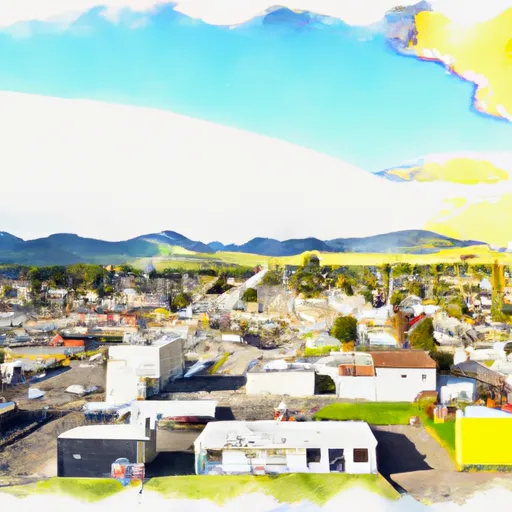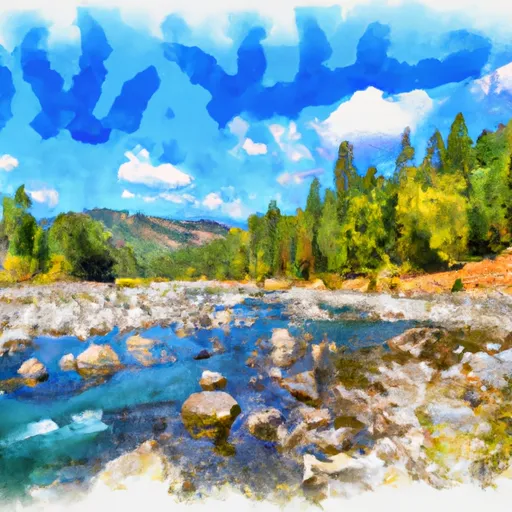°F
°F
mph
Windspeed
%
Humidity











Dixie, Idaho is a small unincorporated community located in the northern part of the state, near the Clearwater National Forest. The area experiences a subalpine climate with cool summers and snowy winters. The hydrology of the region is characterized by the Middle Fork of the Salmon River, which flows nearby and provides opportunities for fishing, boating, and other water-based recreation. Additionally, the surrounding forested landscape offers hiking and camping opportunities in the summer and skiing and snowmobiling in the winter. The area is also rich in wildlife, including elk, deer, and moose, making it a popular destination for hunters.
Weather Forecast
Dixie receives approximately 794mm of rain per year, with humidity levels near 68% and air temperatures averaging around 7°C. Dixie has a plant hardyness factor of 4, meaning plants and agriculture in this region thrive during a short period during spring and early summer. Most plants will die off during the colder winter months.
Regional Streamflow Levels
902
Cubic Feet Per Second
42
Cubic Feet Per Second
1,130
Cubic Feet Per Second
1,020
Cubic Feet Per Second
Nearby Camping
| Camping Area | Reservations | Toilets | Showers |
|---|---|---|---|
| Selway Falls | |||
| Bridge Creek | |||
| Gedney Creek | |||
| Glover Creek | |||
| 25 Mile | |||
| Race Track |



